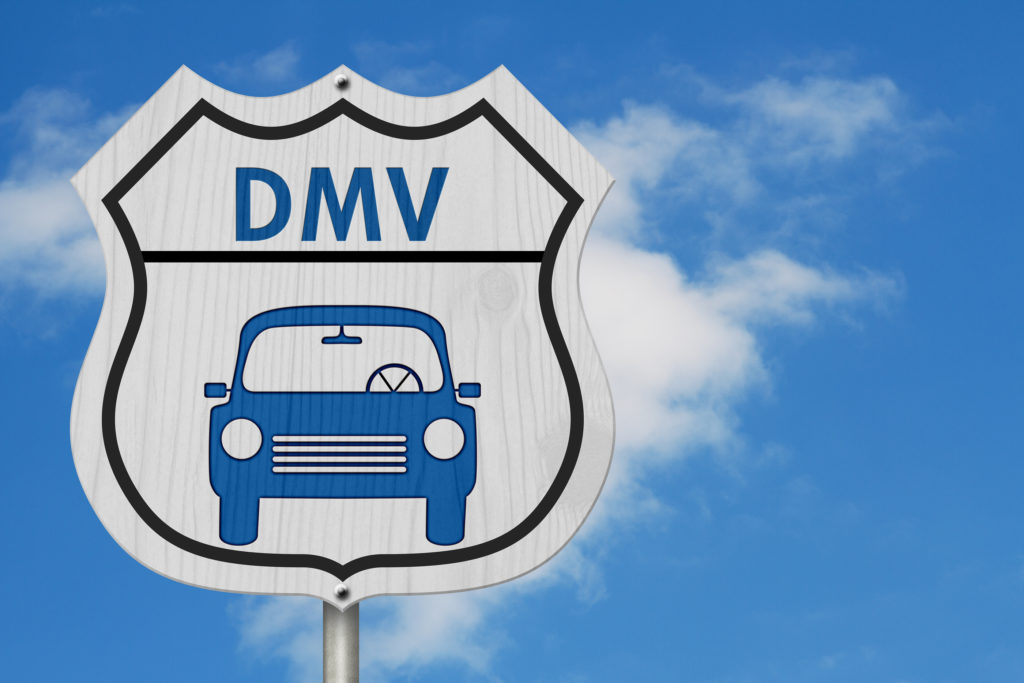If you have decided to junk your car, you will need to notify the Department of Motor Vehicles (DMV) in order to properly transfer ownership and remove the vehicle from your name. Depending on your state's specific requirements, there may be a few steps you need to follow in order to properly notify the DMV and complete the process.
Do I Need To Notify DMV If I Junk My Car?
First, it is important to understand that the process for junking a car may vary slightly depending on where you live. Some states have specific rules and regulations for dealing with junked or abandoned vehicles, so it is important to familiarize yourself with the requirements in your state.
Generally, the process for junking a car involves transferring ownership to a junkyard or salvage yard, and then having the vehicle towed to the yard. Once the vehicle is in the possession of the junkyard, it will be dismantled and the usable parts will be sold. Any remaining scrap metal will be sold as well.
Before you can transfer ownership of the vehicle to the junkyard, you will need to obtain a release of liability form from the DMV. This form releases you from any legal responsibility for the vehicle once it has been transferred to the junkyard. In order to obtain this form, you will need to provide the DMV with the vehicle's license plate number and the vehicle identification number (VIN). You may also need to provide proof of ownership, such as the title to the vehicle.
Once you have obtained the release of liability form, you will need to sign it and submit it to the DMV. This will officially transfer ownership of the vehicle to the junkyard. You should also remove the license plates from the vehicle and return them to the DMV, as you are no longer the owner and are no longer responsible for the vehicle.
It is important to note that you cannot simply abandon your vehicle on the side of the road or in a parking lot and expect the DMV to take care of it. Abandoning a vehicle is illegal in most states, and you could face fines or other penalties if you are caught doing so. Instead, you will need to follow the proper process for transferring ownership and notify the DMV in order to properly junk your car.
In some states, you may be required to pay a fee to the DMV in order to transfer ownership of the vehicle to the junkyard. This fee is typically used to cover the cost of processing the release of liability form and removing the vehicle from your name.
You can contact your local DMV office for more information if you are unsure of the specific requirements for junking a car in your state. They will be able to provide you with the necessary forms and instructions for transferring ownership and properly junking your car.

How to find my local DMV office?
There are a few different ways you can find your local Department of Motor Vehicles (DMV) office:
- Visit the DMV website: Many states have a DMV website that allows you to search for your local office by entering your zip code or city. You can usually find a link to your state's DMV website by doing an online search for “DMV” and the name of your state.
- Use an online directory: There are several online directories that list the addresses and phone numbers of DMV offices across the country. You can search for your local office by entering your zip code or city.
- Call the DMV: You can also call the DMV and ask for the location of your local office. The phone number for the DMV can usually be found on the DMV website or by doing an online search.
- Look in the phone book: If you have a physical copy of a phone book, you can look up the DMV in the government section to find the address and phone number of your local office.
It is important to note that the DMV has different offices for different types of services. For example, there may be a separate office for driver's license renewals and another office for vehicle registration. Make sure you go to the correct office for the service you need.
It is also a good idea to check the DMV's hours of operation before you visit. Some offices may have limited hours or be closed on certain days.
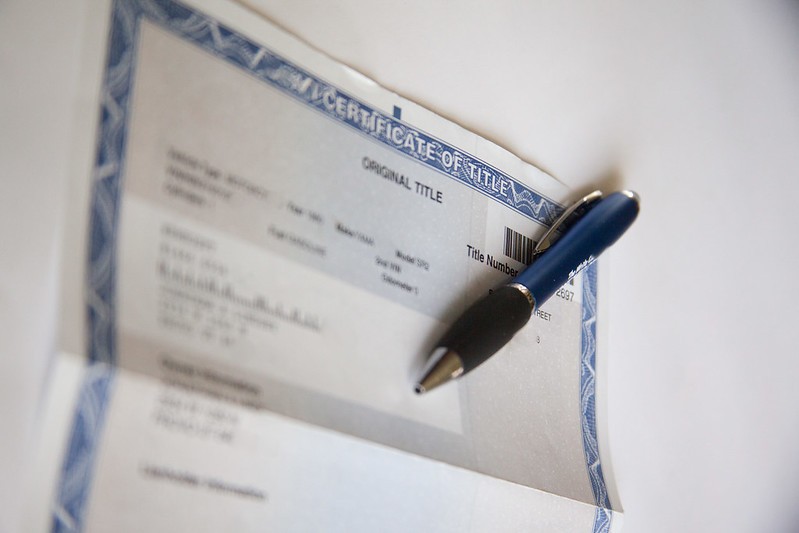
How do I notify the DMV I sold my car?
If you have sold your car, you will need to notify the Department of Motor Vehicles (DMV) in order to transfer ownership to the new owner and remove the vehicle from your name. The process for transferring ownership may vary slightly depending on the state in which you live, but there are generally a few steps you will need to follow:
- Obtain a release of liability form: In most states, you will need to obtain a release of liability form from the DMV. This form releases you from any legal responsibility for the vehicle once it has been sold. You will need to provide the DMV with the vehicle's license plate number and the vehicle identification number (VIN) in order to obtain the form.
- Transfer the title to the new owner: You will need to transfer the title to the new owner in order to complete the sale. This typically involves signing the title over to the new owner and providing them with a bill of sale.
- Submit the release of liability form: Once you have signed the title over to the new owner and obtained the release of liability form, you will need to submit the form to the DMV. This will officially transfer ownership of the vehicle to the new owner and remove it from your name.
- Return the license plates: If you are required to return the license plates to the DMV, you will need to do so once the ownership of the vehicle has been transferred. In some states, the new owner will be responsible for obtaining new license plates.
It is important to follow the proper process for transferring ownership of a vehicle in order to avoid any legal issues or penalties. By following the requirements set forth by the DMV, you can ensure that the process goes smoothly and that you are no longer responsible for the vehicle once it has been sold.
If you are unsure of the specific requirements for transferring ownership of a vehicle in your state, you can contact your local DMV office for more information. They will be able to provide you with the necessary forms and instructions for transferring ownership and removing the vehicle from your name.

What do I need to junk a car?
The specific paperwork that you will need to junk a car may vary slightly depending on the state in which you live. In general, however, you will typically need the following documents in order to junk a car:
- Title to the vehicle: You will need to provide the title to the vehicle in order to transfer ownership to the junkyard or salvage yard. Make sure the title is in your name and that it is signed over to the junkyard.
- Release of liability form: In most states, you will need to obtain a release of liability form from the Department of Motor Vehicles (DMV). This form releases you from any legal responsibility for the vehicle once it has been transferred to the junkyard.
- Bill of sale: Some states may require you to provide a bill of sale when you junk a car. This document serves as proof that you have transferred ownership of the vehicle to the junkyard.
- License plates: You will need to remove the license plates from the vehicle and return them to the DMV. You are no longer the owner of the vehicle and are no longer responsible for it once it has been transferred to the junkyard.
It is important to note that the process for junking a car may vary slightly depending on the state in which you live. Some states have specific rules and regulations for dealing with junked or abandoned vehicles, so it is important to familiarize yourself with the requirements in your state.
If you are unsure of the specific paperwork that you will need to junk a car in your state, you can contact your local DMV office for more information. They will be able to provide you with a list of the required documents and instructions for transferring ownership and properly junking your car.
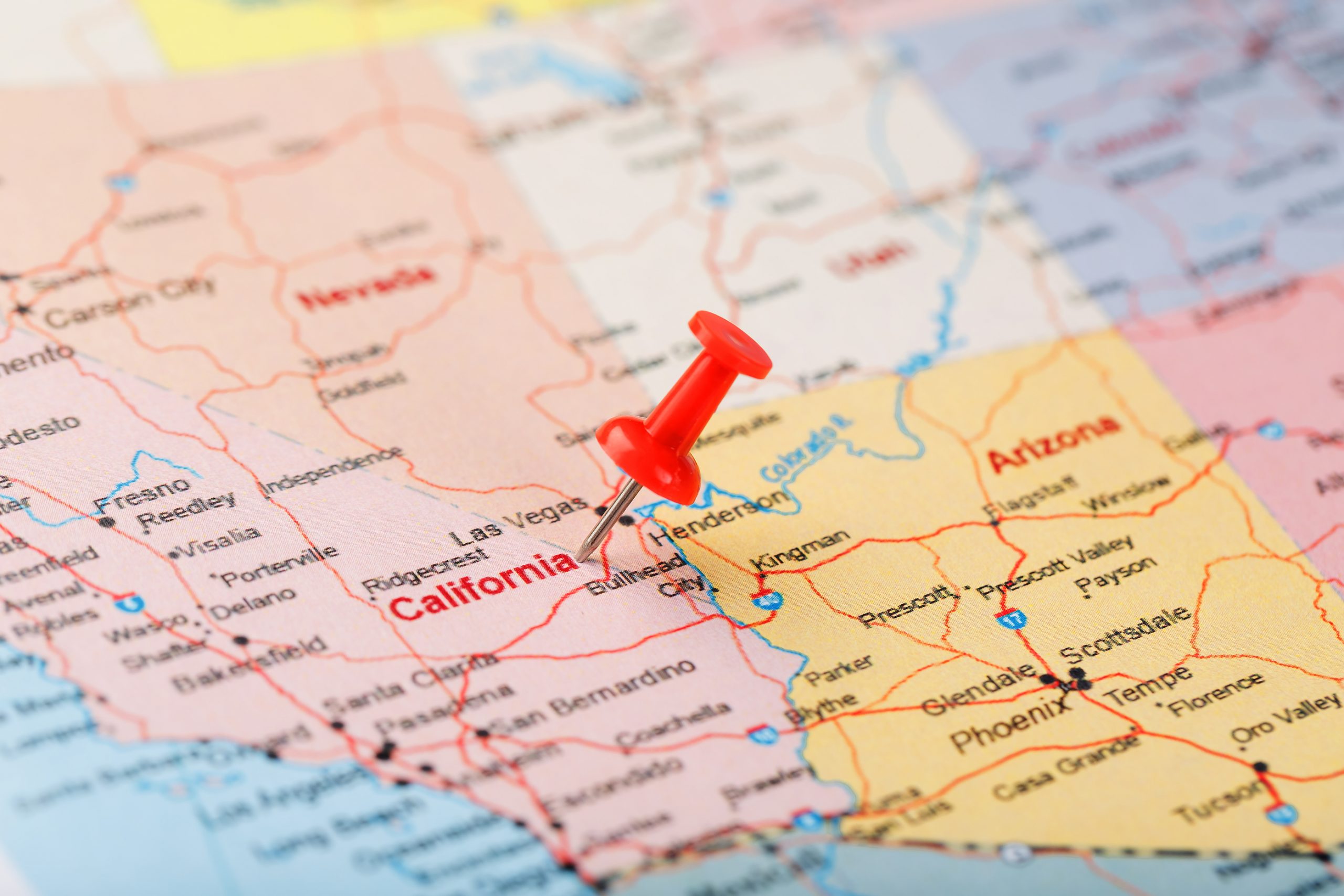
How do I junk my car in California DMV?
If you are looking to junk your car in California, you will need to follow a few specific steps in order to properly transfer ownership of the vehicle and remove it from your name. Here is a general overview of the process:
- Obtain a release of liability form: You will need to obtain a release of liability form from the California Department of Motor Vehicles (DMV). This form releases you from any legal responsibility for the vehicle once it has been transferred to a junkyard or salvage yard. You will need to provide the DMV with the vehicle's license plate number and the vehicle identification number (VIN) in order to obtain the form.
- Transfer the title to the junkyard: You will need to transfer the title to the junkyard in order to complete the sale. This typically involves signing the title over to the junkyard and providing them with a bill of sale.
- Submit the release of liability form: Once you have signed the title over to the junkyard and obtained the release of liability form, you will need to submit the form to the DMV. This will officially transfer ownership of the vehicle to the junkyard and remove it from your name.
- Return the license plates: You will need to remove the license plates from the vehicle and return them to the DMV. You are no longer the owner of the vehicle and are no longer responsible for it once it has been transferred to the junkyard.
It is important to follow the proper process for junking a car in California in order to avoid any legal issues or penalties. By following the requirements set forth by the DMV, you can ensure that the process goes smoothly and that you are no longer responsible for the vehicle once it has been transferred to the junkyard.
If you are unsure of the specific requirements for junking a car in California, you can contact your local DMV office for more information. They will be able to provide you with the necessary forms and instructions for transferring ownership and properly junking your car.
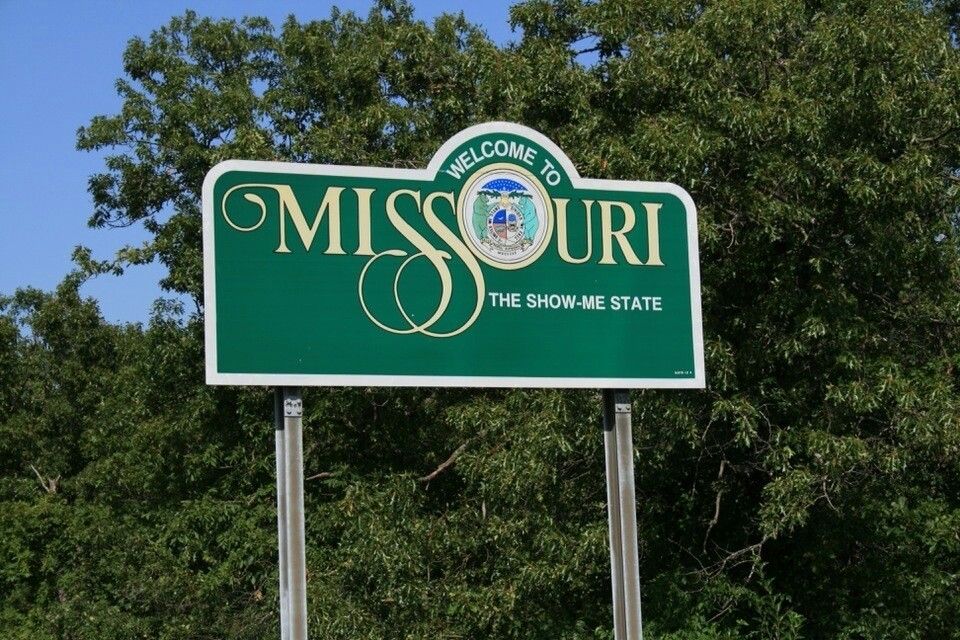
Can you junk a car without a title in Missouri?
In Missouri, it is generally required that you have a title in order to sell or transfer ownership of a vehicle. This includes transferring ownership to a junkyard or salvage yard to have the vehicle junked. Without a title, it may be difficult to legally transfer ownership of the vehicle and remove it from your name.
However, there are a few exceptions to this rule. If the vehicle is more than 15 years old and has a value of less than $3,000, you may be able to transfer ownership without a title. In this case, you will need to provide the junkyard with a bill of sale and a statement of ownership, which can be obtained from the Missouri Department of Revenue.
If you do not have a title for your vehicle, you will need to contact the Missouri Department of Revenue to determine if you are eligible to transfer ownership without one. They will be able to provide you with the necessary forms and instructions for transferring ownership and removing the vehicle from your name.
It is important to follow the proper process for transferring ownership of a vehicle in Missouri in order to avoid any legal issues or penalties. By following the requirements set forth by the Department of Revenue and the Department of Motor Vehicles, you can ensure that the process goes smoothly and that you are no longer responsible for the vehicle once it has been transferred to the junkyard.
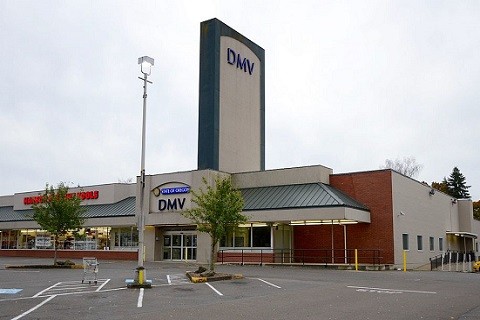
Do I Need To Notify DMV If I Junk My Car? Final Thoughts
It is important to follow the proper process for junking a car in order to avoid any legal issues or penalties. By following the requirements set forth by the DMV, you can ensure that the process goes smoothly and that you are no longer responsible for the vehicle once it has been transferred to the junkyard.

